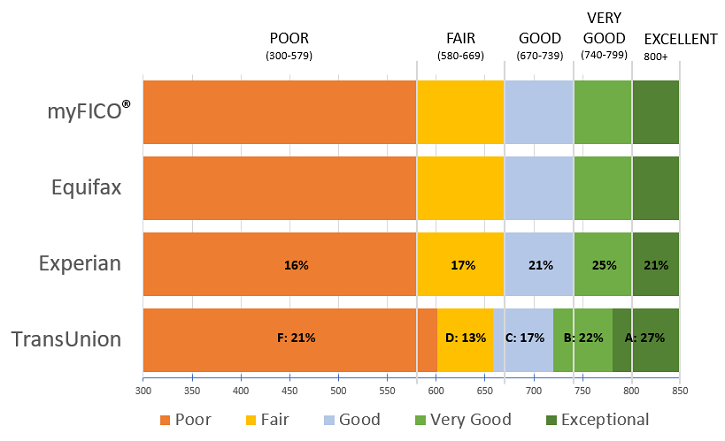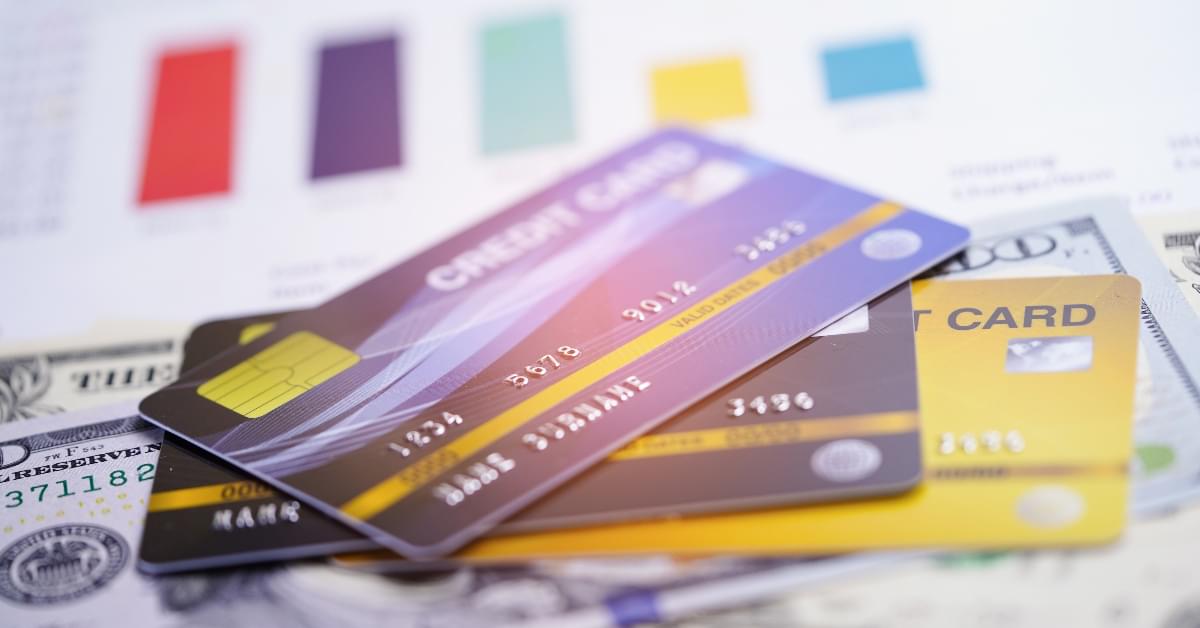
If your child will be using a creditcard, you should establish spending limits and reimbursement policies. You must also teach your child how credit works and financial responsibility. These tips can help your child manage their credit cards responsibly and avoid the dangers of overusing them.
Setting clear spending limits
Before handing over your kid's credit card, be sure to set clear spending limits. You don’t want your kids to get carried away and incur unnecessary debt. Instead, establish clear guidelines regarding how much and what they can spend each week. Your child will be less likely to purchase unnecessary items.
It is also a good idea that you and your child review all purchases on an annual basis. This will enable them to better understand the reason behind purchases, and it will reduce the possibility of late payments and high balances. These behavior will be reflected negatively on their credit file. It is also important to remind your children that they are responsible both for the balance and the payment of the interest.

To reduce spending, one way is to create user accounts. You can earn rewards for authorized users who make purchases using your credit card. These rewards can also be used for emergencies or to stockpile for a vacation. You can also set up different credit limits for authorized users to stop them from spending too much.
Financial responsibility education for your child
Educating your child about financial responsibility with their own credit card is an important step to encourage responsible financial habits. Credit cards offer a chance to educate your child about money and how you balance your checkbooks. You can also teach them how to manage online accounts. Parents need to be careful to not expose their child too much debt. Credit cards should be granted only to those who are financially responsible.
Keep in mind that teens are very mobile and use their phones to shop. It is important to teach them money and credit. It will make them more ready for unexpected expenses. Financial literacy is key to future success. To help prevent financial missteps and protect your child from frauds, it is important to educate your child about credit.
Protecting your child’s credit card
There are many options to protect your child’s credit. You can prevent identity theft by doing this. It is also a good idea for you to report frauds to the FTC or to the credit bureaus. A credit freeze is another way to protect your child’s credit. This prevents lenders accessing the file and opening new accounts in their name.

You should first check your credit report to ensure that your child is credit-safe. While most companies will verify your child's identity using their phone number, identity thieves may be able to fake that number to hide their identity. This is called caller identification spoofing. Identity thieves might use automated callers for the purpose of spoofing your child's telephone number. They may also pretend to represent a company, or even an institution.